Results
-
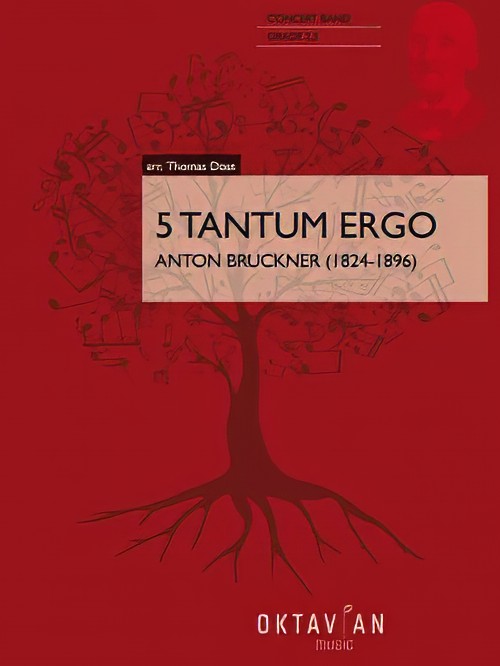 £95.99
£95.995 Tantum Ergo (Concert Band - Score and Parts) - Bruckner, Anton - Doss, Thomas
Anton Bruckner (b. 4.9.1824, Ansfelden, d. 11.10.1896, Vienna) didn't have it easy. Throughout his life, the Austrian composer was plagued by self-doubt. Anton Bruckner came from a simple, rural background. After the death of his father, he was accepted as a choirboy at the monastery of Sankt Florian in 1837. After several years as a school assistant and his own organ and piano studies, he first worked as organist in St. Florian, then from 1855 as cathedral organist in Linz. Introduced to music theory and instrumentation by Simon Sechter and Otto Kitzler, he discovered Richard Wagner as an artistic role model, whom he admired throughout his life and also visited several times in Bayreuth. In 1868 Anton Bruckner became professor of basso continuo, counterpoint and organ at the Vienna Conservatory; ten years later court organist; and in 1891 finally honorary doctor of the University of Vienna. He was considered an important organ virtuoso of his era, but had to wait a long time for recognition as a composer. It was not until Symphony No.7 in E major, composed between 1881 and 1883, with the famous Adagio written under the effects of Wagner's death, that he achieved the recognition he had hoped for, even if he was reluctant to accept it given his inclination towards scepticism and self-criticism. Anton Bruckner was a loner who did not want to follow a particular school or doctrine. He composed numerous sacred vocal works, such as his three masses, the Missa Solemnis in B flat minor (1854), the Te Deum (1881-84) and numerous motets. As a symphonic composer, he wrote a total of nine symphonies and many symphonic studies from 1863 onwards, tending to revise completed versions several times over. Bruckner's orchestral works were long considered unplayable, but in fact were merely exceptionally bold for the tonal language of their time, uniting traditions from Beethoven through Wagner to folk music, on the threshold between late Romanticism and Modernism. Hymns for four-part mixed choir a cappella (1846, St. Florian) No. 1 in E flat major (WAB 41/3): Quite Slow No. 2 in C major (WAB 41/4): Andante No. 3 in B flat major (WAB 41/1): Slow No. 4 in A flat major (WAB 41/2): Slow Hymn for five-part (SSATB) mixed choir and organ No. 5 in D major: Solemnly They are simple works, completely subordinate to their liturgical use, which nevertheless already show numerous characteristics of personal expression. These small pieces were able to stand up to the harsh scrutiny of the mature master: in 1888, Bruckner subjected them to a revision in which he made only minor corrections.Duration: 11.00
Estimated dispatch 7-14 working days
-
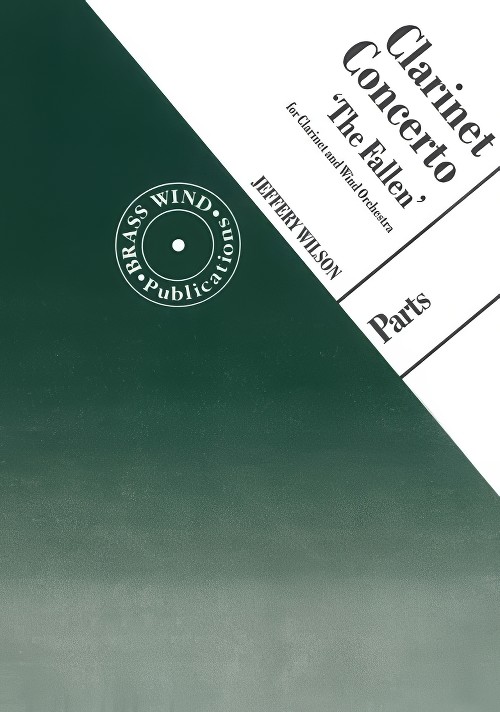 £80.00
£80.00Clarinet Concerto (The Fallen) (Clarinet Solo with Concert Band - Score and Parts) - Wilson, Jeffery
The three movements are 'Conflict', 'The Fallen' and 'Resolution', themes that are freely interpreted musically. In 'Conflict', the solo clarinet begins with an ascending figure based on octave leaps, while the accompaniment contrasts with marcato quavers and harsh dissonances. The melody features seventh intervals, and while the movement is marked 3/4 the accompaniment is often 6/8. This is more evident in the second theme where the clarinet line moves much more by step. The development takes these ideas and the cadenza comes from yet more conflict between the now calm clarinet and dissonant clashes in the accompaniment. 'The Fallen' is the slow movement and poignantly features notes from 'The Last Post' in the opening and a beautiful working of 'David of the White Rock' later on. The final movement 'Resolution' is a Rondo in 6/8, brighter but with hints of the initial conflict through the sevenths in the meno mosso sections which interrupt the flow. Another long cadenza takes short ideas from the piece before the work comes to a triumphant end with all four E notes across the whole range, echoing the beginning. Wilson set out to write a concerto for a versatile instrument and has found ways to exploit its capabilities while keeping tonal centre. There are frequent altissimo notes within all three movements. Wilson does use the very low notes, most notably in the cadenzas, but much of the work is high, presumably to allow the clarinet to carry over the wind band accompaniment. A good command of all notes right up to A sharp an octave above the stave is needed, plus technique to travel to and from altissimo notes (legato). The piece is around 25 minutes long. Printing is clear and the piano accompaniment comes as a spiral bound volume.
Estimated dispatch 7-14 working days
-
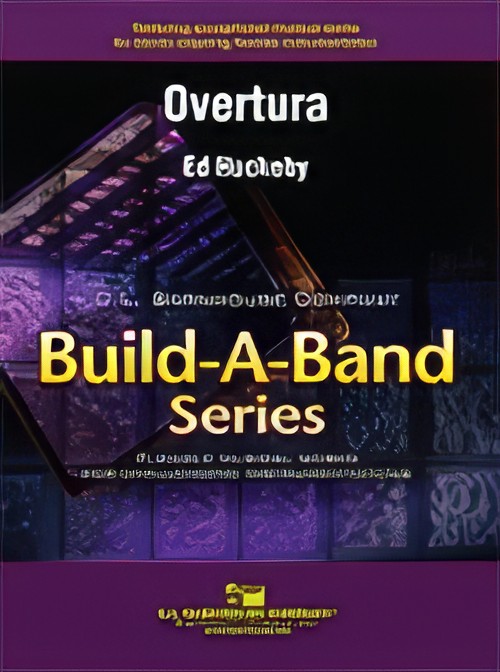 £60.00
£60.00Overtura (Flexible Ensemble - Score and Parts) - Huckeby, Ed
Ed Huckeby's Overtura has long been a popular favourite of bands around the world, and this solid sounding arrangement from the Barnhouse Build-A-Band Series is sure to be a favourite with bands that have instrumentation issues or a small number of players. Will sound impressive as long you have the main parts covered by the instruments of your choice and it is sure to impress your audiences at any concert or contest performance. Includes optional piano, mallet percussion and percussion parts which help enhance the overall sound. Outstanding!Duration: 4.15
Estimated dispatch 7-14 working days
-
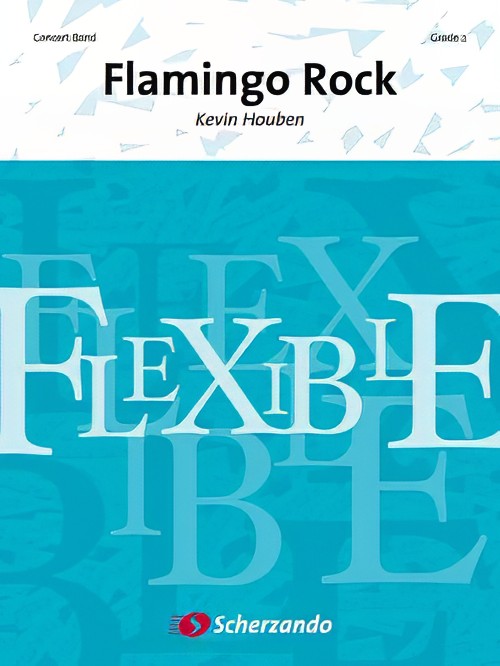 £59.99
£59.99Flamingo Rock (Flexible Ensemble - Score and Parts) - Houben, Kevin
Tonight the sea will be awash with pink! Flamingos from everywhere are flying in for a rockin' party. Their long legs prance around to the beat, circling each other, as their beaks chatter all night long. Who else wants to go to the Flamingo Rock? Kevin Houben's new composition is full of little rhythmic and harmonic challenges perfect for bands both young and old. But beware, once you start playing the tune, you just might not be able to stop!Duration: 1:20
Estimated dispatch 7-14 working days
-
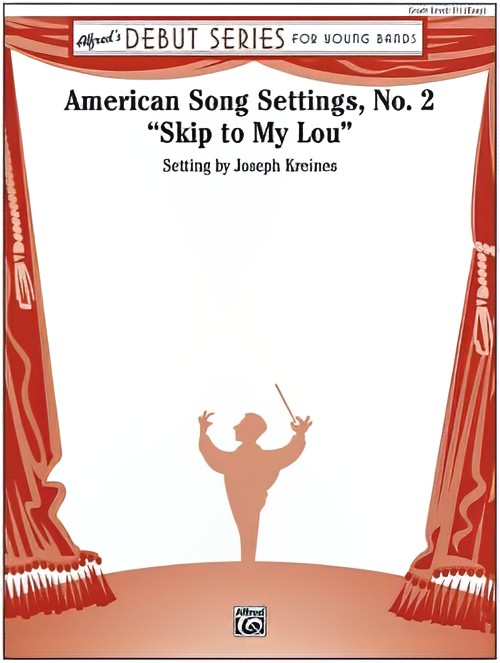 £41.50
£41.50American Song Settings, No.2 (Skip to My Lou) (Concert Band - Score and Parts) - Kreines, Joseph
It opens with a short introduction utilising the opening notes of the melody, proceeding to its first full statement in the upper woodwinds. The second presentation features the trumpets and xylophone followed by a statement in the bass instruments while the melody "Long, Long Ago" appears in the upper voices. A contrasting legato section follows, succeeded by a more rhythmic statement in woodwinds and trumpets. The melody then appears in the alto saxophones with a contrasting idea in upper woodwinds. A marcato statement of the melody appears as a three-bar phrase with a staccato accompaniment. The final section utilises the style of the opening measures and is expanded to bring the work to a final climactic conclusion.Duration: 2.30
Estimated dispatch 7-14 working days
-
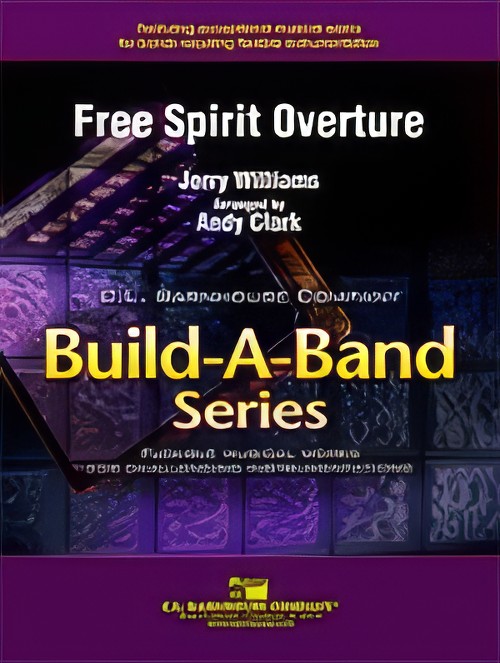 £60.00
£60.00Free Spirit Overture (Flexible Ensemble - Score and Parts) - Williams, Jerry - Clark, Andy
Free Spirit Overture by Jerry Williams has long been a favourite of bands around the world and this tasteful arrangement in the Build-A-Band Series makes it playable by groups with limited instrumentations. Playable by any combination of instruments as long as the five main parts are covered and also includes optional parts for Mallets, Keyboards, Strings, and Percussion. A terrific concert or contest piece for very small bands and an excellent teaching tool.Duration: 4.15
Estimated dispatch 7-14 working days
-
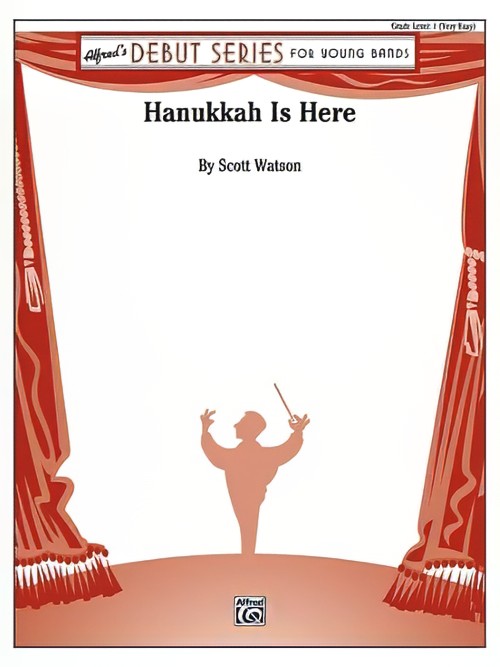 £52.95
£52.95Hanukkah is Here (Concert Band - Score and Parts) - Watson, Scott
For children, Hanukkah brings thoughts of a miracle from long, long ago and excitement each holiday season about what awaits. This new work musically conveys both reflection and joy with colourful scoring and expressive writing. Add wonder to your holiday performance this year with Hanukah Is Here.Duration: 2:30
Estimated dispatch 7-14 working days
-
 £79.99
£79.99Guardians of Peace (Concert Band - Score and Parts) - Hosay, James L.
Guardians of Peace is dedicated to the United States Atlantic Fleet. From their homeport of Norfolk, Virginia, they are ready and able to deploy to any region of the world at a moment's notice, to help maintain peace and stability throughout the world. They have a long, proud history of service and dedication, and played a major role in the success of Operations Desert Shield and Desert Storm. The level of dedication and self-sacrifice required by this type of service is the highest in all the military, as individuals must be separated from families and loved ones for long periods of time, while placing their lives and well-being in grave danger.Duration: 3.30
Estimated dispatch 7-14 working days
-
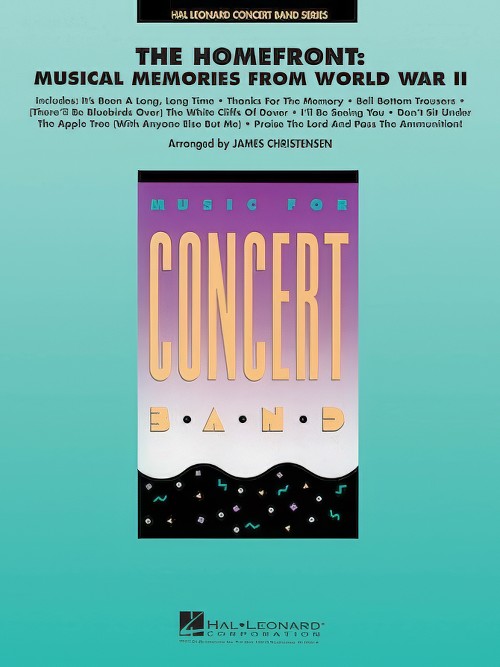 £79.99
£79.99The Homefront: Musical Memories from World War II (Concert Band - Score and Parts) - Christensen, James
With the recent anniversary of the end of World War II, Americans have reflected on that special era in our history, a time when popular music played such an important role in the national consciousness. This outstanding showcase for band spotlights some of the fabulous songs of that era including: Thanks for the Memory, Don't Sit Under the Apple Tree, I'll Be Seeing You, It's Been a Long Long Time, Bell-Bottom Trousers, White Clifs of Dover, and Praise the Lord And Pass the Ammunition.
Estimated dispatch 7-14 working days
-
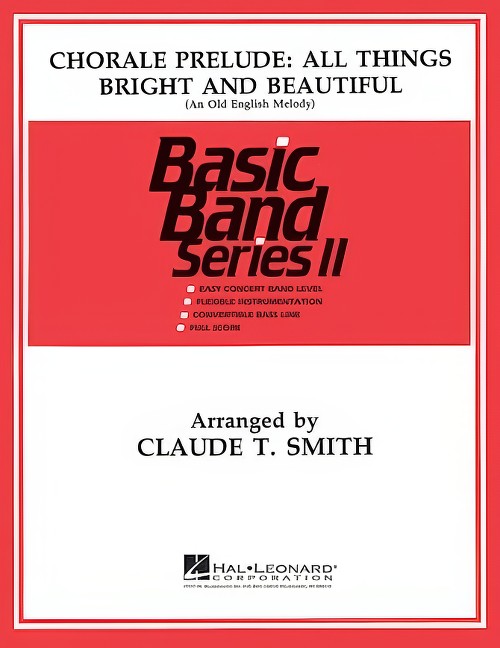 £57.50
£57.50Chorale Prelude: All Things Bright and Beautiful (Concert Band - Score and Parts) - Smith, Claude T.
Long tones, dynamic contrasts and long flowing lines make Claude T. Smith's chorale setting of this beautiful Old English melody an outstanding warm-up or concert selection.
Estimated dispatch 7-14 working days
